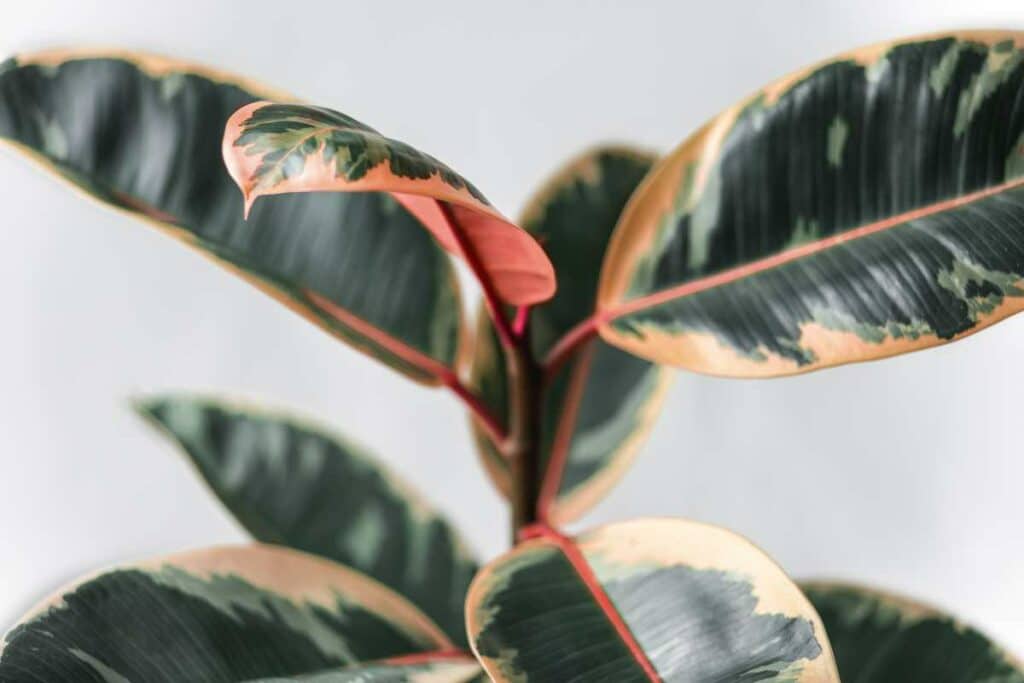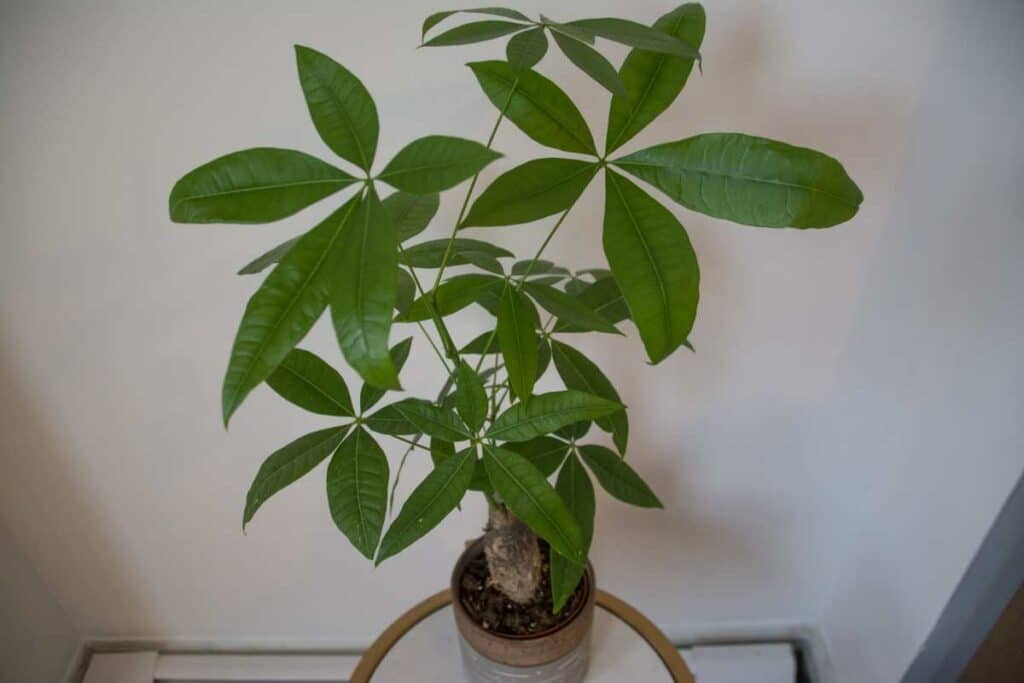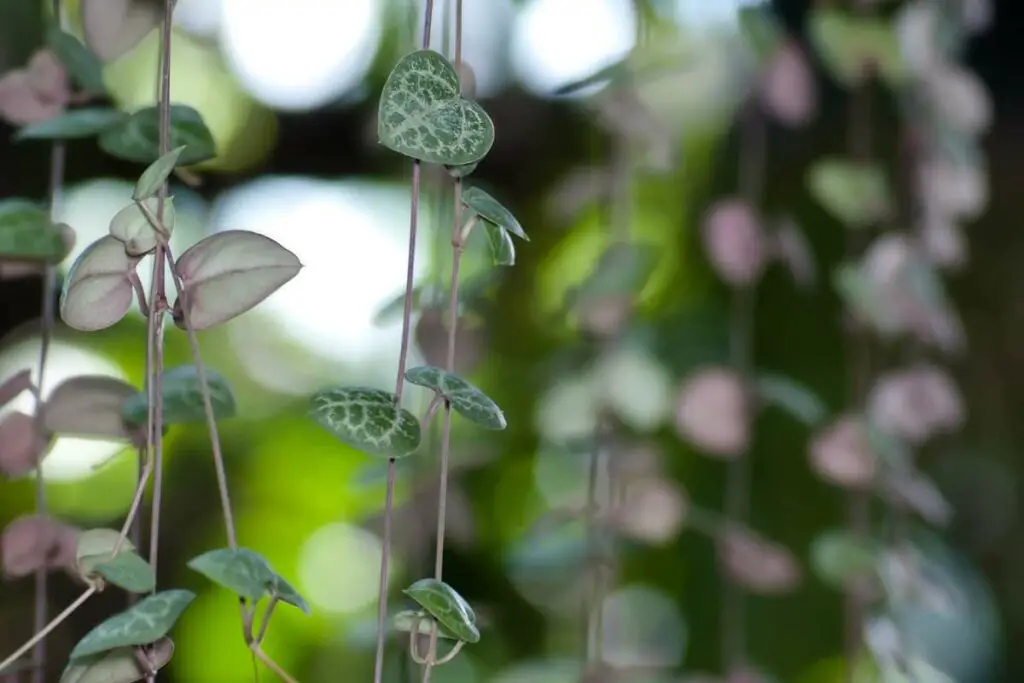The main Japanese arts of pruning are called ‘Niwaki’ and ‘Bonsai’.
These techniques have been around for thousands of years, and aim to keep the tree in harmony and balance with its surroundings, while revealing the ‘essence of the tree’.
Trees pruned using the Niwaki and Bonsai methods should be trained into shape from a young age, and pruned on a minimalist schedule once they’ve reached maturity and the desired shape.
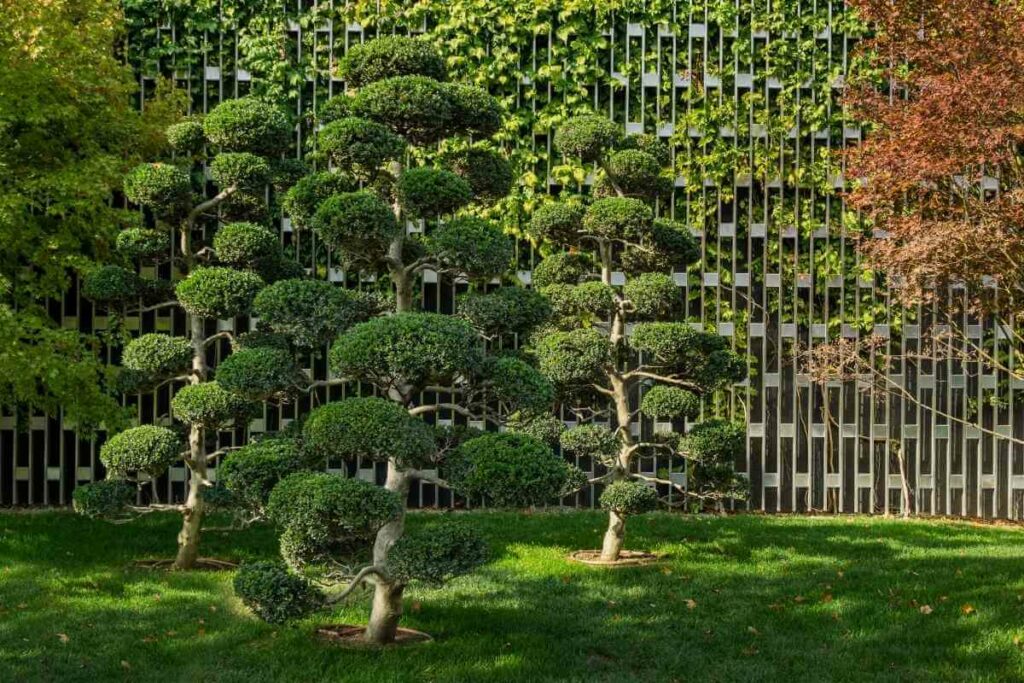
A common Niwaki method is the ‘cloud pruning’ method, which has a distinctive, cultivated aesthetic most people will be familiar with.
However, the underlying principles at play in Japanese pruning can be applied outside the cloud technique to maintain trees in a way that compliments their surroundings.
What to Expect: This article tells you more about the Niwaki pruning method, how to do it, the principles behind Japanese pruning techniques, and how Niwaki differs from Bonsai pruning.
What Are the Principles Behind Niwaki Pruning?
Niwaki pruning uses a tree or shrub as a canvas, and prunes the tree to highlight and exaggerate its most interesting and artistic features.
A tree is trained from a young age, and is trained to take on a form that both highlights its own most interesting features, and harmonises with the landscape the tree is placed in.
It’s also desirable to give a tree the appearance of a full, mature tree while remaining on a smaller scale which compliments the garden.
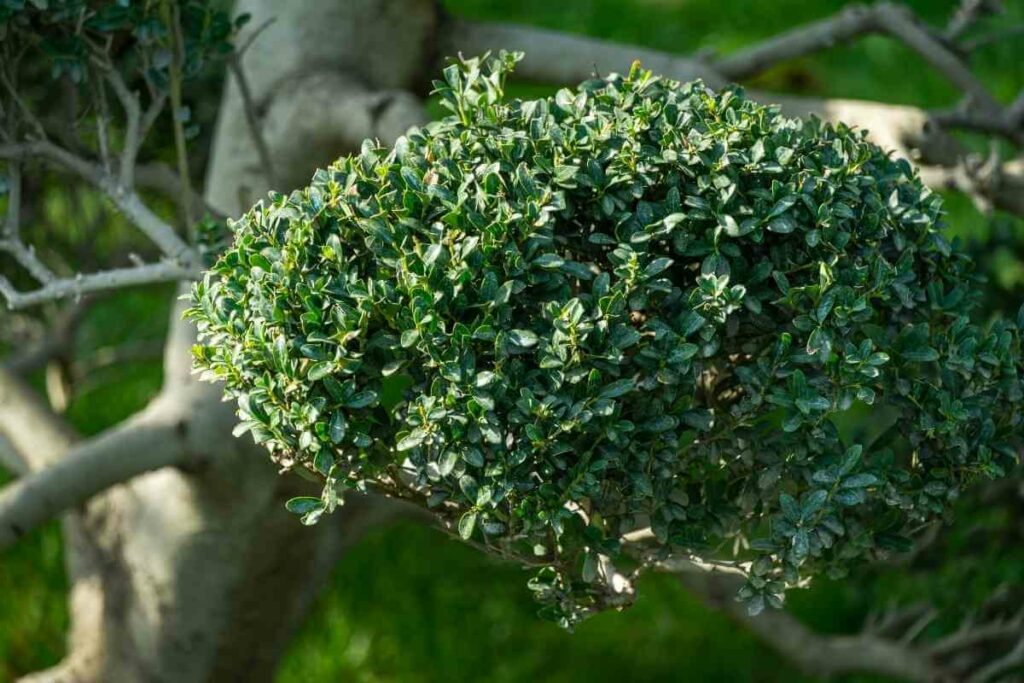
Niwaki aims to exaggerate the natural beauty of the tree.
A tree may have an interesting branch angle on one side, but the branches on the other side may have a less pleasing aesthetic.
You can focus on the more appealing branches, cultivating them to highlight their best feature, and train the branches on the other side to mimic or compliment them, as well as removing any branches that don’t play into the overall aesthetic.
Niwaki pruning can be used to emulate the beauty of nature. Sometimes, a tree will be cultivated to look windswept or to mimic a tree struck by lightning.
Your Choice: The tree might be cultivated to compliment a waterfall in a garden beside which it grows, or to bring a sense of balance to a garden.
What Are Cloud Trees?
Cloud trees are trees that have been pruned using the Niwaki technique so that the leaves are sectioned to look like a series of clouds.
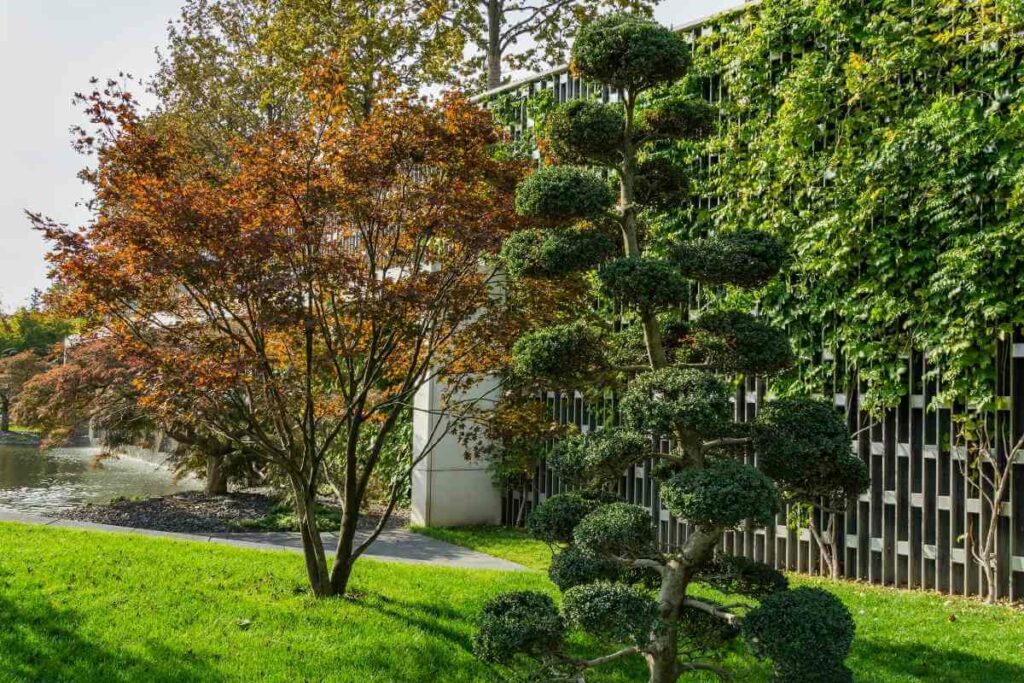
The shape of the cloud formation can vary:
- They may all be clustered together up the centre of the trunk as in the ‘ball’ formation.
- Or alternate height from side to side to create a series of steps.
The tree’s trunk may be split into two, with clouds running up each trunk, or the trunk may be trained to be bent and curvy with branches arranged on steps.
How Do I Cloud Prune?
You should ideally begin Niwaki or cloud pruning when the tree is young, and it should be done to compliment the natural form of the tree.
Choose a tree which is already showing some interesting branch formations to work with, and then find the right location for the tree in your garden.
Once you’ve chosen these things, you should think about the shape you’re planning to train your tree into, and ensure the chosen shape matches the tree you’ve selected.
From there, plan out which branches you want to keep and which ones to leave.

Using your pruning saw or secateurs:
- prune away the unwanted branches
- and clean the area the branch has been cut from to leave a smoothly healed trunk as the tree matures.
You should leave the tips at the ends of the branches to encourage the cloud shape, and use rope or string with stones to encourage the branches and foliage to grow to your chosen shape over time.
How to I Maintain a Tree Pruned Using the Niwaki Method?
Once your tree is grown and has been trained into your desired Niwaki formation, maintenance of the tree and its shape is relatively easy.
In traditional Japanese pruning practices, a tree should only be pruned once or twice a year.
This depends on the rate of growth of the tree, and whether it needs to be pruned twice a year or can be maintained with just an annual touch-up.
In the Meantime: Japanese Niwaki practitioners would generally leave small branches to grow, and trim them all together on the same day.
Are There Other Types of Japanese Pruning?
While cloud pruning is a very specific style of Japanese pruning, there are other styles that follow the same basic principles.
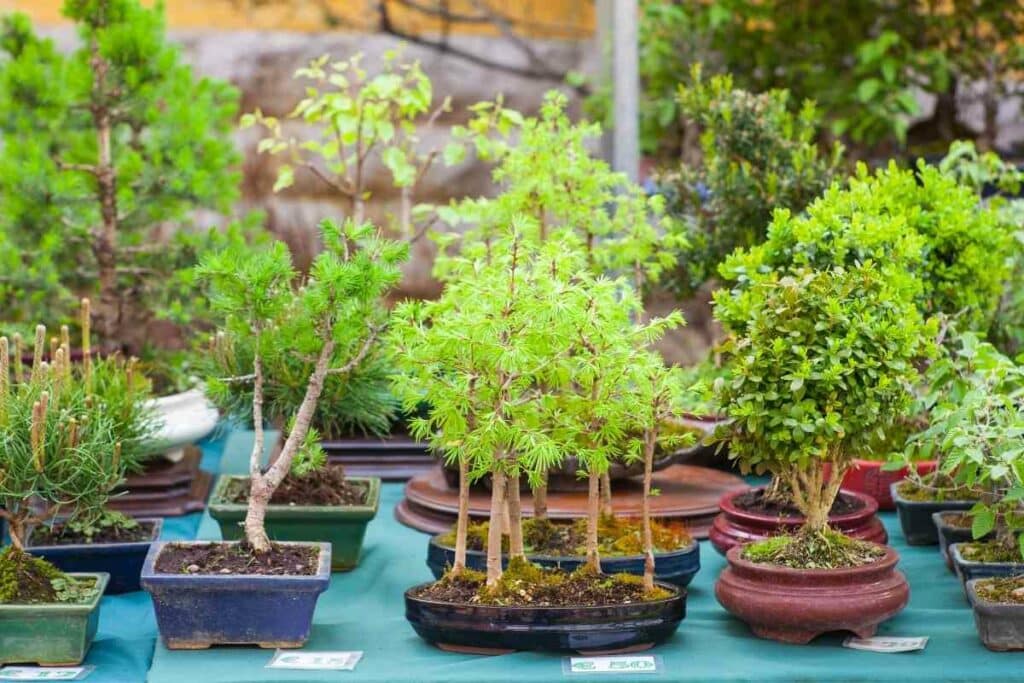
While you might not trim specifically into a cloud shape, keeping trees in harmony with the garden around them, and focussing on a few beautifully manicured plants instead of an abundance, is a general principle of Japanese gardening.
While Niwaki is different from Bonsai cultivation, similar pruning techniques are often used. The same principle of giving the illusion of a beautifully sculpted, full-sized tree on a smaller scale is more exaggerated with Bonsai cultivation.
Remember This: The other main distinction is that Niwaki trees are in a garden, and Bonsai trees are kept in pots.
Conclusion
Japanese pruning techniques are usually categorised into Niwaki and Bonsai cultivation, but the general principle of these techniques can be applied to the maintenance of trees and shrubs in general.
Requiring patience and careful tending, Niwaki pruning can create a beautifully sculpted tree which creates balance and harmony in your garden, and requires minimal maintenance once the tree is fully sculpted.
Also Useful to Read
- Philodendron Moonlight Vs. Golden Goddess
- How to Revive Your Rubber Plant: 6 Tips to Help Your Rubber Tree Thrive Again
- Your Money Tree Lost All Its Leaves – Will It Sprout Again?
- Why Is My Money Tree Dying? 5 Possible Reasons and Solutions
- Do Jade Plants Bloom – Fact or Fiction?
- Plants with Heart Shaped Leaves (Secret Language of Leaves)

